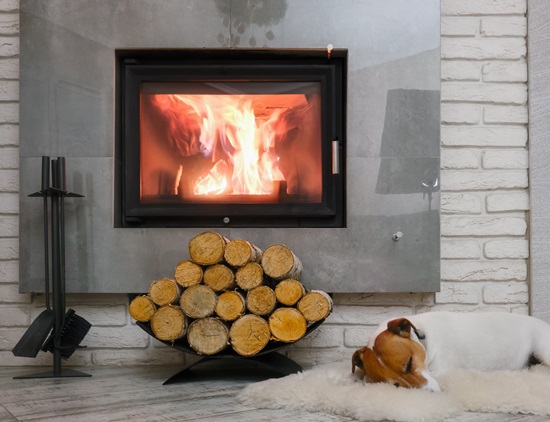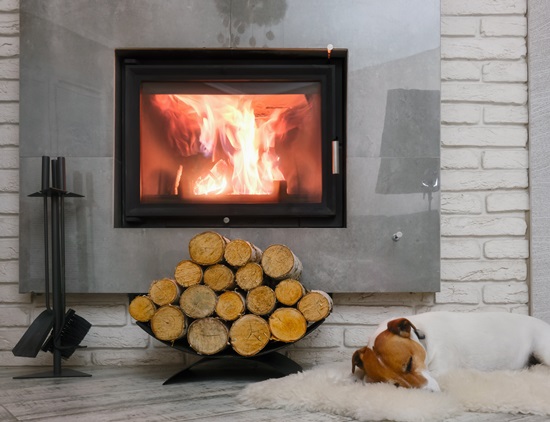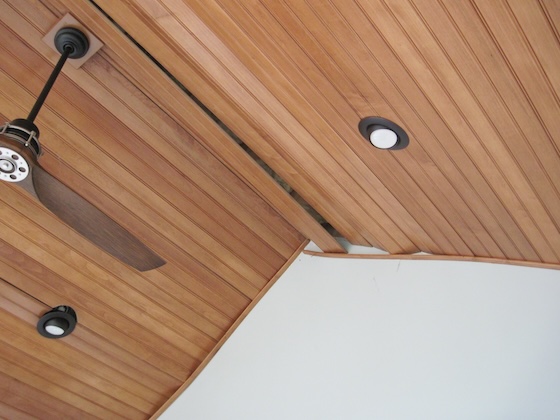
Understanding the Importance of Regular Chimney Inspections
Regular chimney inspections are vital for maintaining the safety and functionality of your fireplace. Over time, soot, debris, and creosote can accumulate inside the chimney, leading to blockages and potential hazards. By scheduling regular inspections, you can identify and address any issues before they escalate, ensuring that your chimney operates efficiently and minimizes the risk of fires.
Additionally, regular chimney inspections can help you detect and prevent carbon monoxide leaks. Carbon monoxide is a colorless and odorless gas that can be produced by the combustion process in your fireplace. Without proper ventilation and maintenance, carbon monoxide can build up inside your home and pose serious health risks. By having your chimney inspected on a regular basis, you can detect any potential leaks and take necessary measures to keep your household safe.
Signs that Indicate Your Chimney Needs Inspection
Cracks in the mortar or bricks of your chimney can be a strong indication that an inspection is needed. Over time, exposure to extreme temperatures and weather conditions can lead to deterioration of the chimney’s structure. These cracks can compromise the integrity of the chimney, making it prone to collapse or allowing harmful gases to seep into your home. If you notice any visible cracks, no matter how small, it is important to have your chimney inspected by a professional to identify and address any potential issues.
Another sign that your chimney needs inspection is the presence of chimneys odors inside your home. A properly-functioning chimney should keep these odors, such as soot or an unpleasant smoky smell, contained and vented outside. If you notice a persistent smell coming from your fireplace or chimney area, it could be a sign of a blockage or buildup of creosote. Ignoring these odors can worsen the situation and potentially lead to a dangerous situation. Therefore, it is crucial to have your chimney inspected to identify and resolve the source of these odors.

Preparing for a DIY Chimney Inspection: Gathering the Right Tools
Before performing a DIY chimney inspection, it is crucial to gather the right tools in order to ensure a thorough and accurate assessment. These tools will not only help you identify potential issues but also contribute to maintaining the safety and efficiency of your chimney. The following are the essential tools you will need to have on hand for a successful DIY chimney inspection:
1. Flashlight: A good-quality flashlight with a strong beam is essential for illuminating the interior of your chimney, especially its nooks and crannies. This will enable you to detect any signs of creosote buildup, debris, or damage that may be affecting the functionality of your chimney.
2. Chimney brush: A chimney brush is a must-have tool for removing creosote and soot from the chimney walls. It is important to choose a brush that matches the size and shape of your chimney flue to effectively clean the interior surfaces and prevent potential fire hazards.
3. Safety goggles and gloves: Safety should always be a top priority when performing a chimney inspection. Protect your eyes with safety goggles and your hands with sturdy gloves to avoid any injuries from falling debris or exposure to harmful chemicals.
4. Ladder: In order to access the roof for a visual inspection of your chimney’s exterior, a sturdy ladder is essential. Ensure that the ladder is stable and securely positioned before climbing up to avoid any accidents or falls.
5. Camera or smartphone: Having a camera or smartphone handy during your DIY chimney inspection can be useful for documenting any issues or areas of concern that you come across. This visual evidence can be shared with a professional chimney inspector, making it easier for them to assess the situation and provide appropriate solutions.
By equipping yourself with these essential tools, you will be well-prepared to conduct a DIY chimney inspection and identify any potential problems that may require further attention. Taking the time to gather the right tools upfront will not only save you from unnecessary inconvenience but also help in prolonging the lifespan of your chimney and avoiding costly repairs down the line.
Step-by-Step Guide to Safely Inspecting Your Chimney
Once you have gathered all the necessary tools, it is time to start inspecting your chimney. Begin by examining the exterior of the chimney for any signs of damage, such as loose bricks, cracks, or deteriorating mortar. Pay close attention to the chimney cap and ensure that it is securely in place. If you notice any issues, it is important to address them promptly to prevent further damage.
Next, proceed to inspect the interior of the chimney. Using a flashlight, carefully examine the flue for any obstructions or buildup of creosote, a highly flammable substance that can accumulate over time. Look for any signs of water damage, such as stains or rust. Additionally, check the damper to ensure it opens and closes smoothly. If you notice any problems during the inspection, it is recommended to consult a professional chimney sweep for further assessment and necessary repairs.
Identifying and Addressing Common Chimney Issues
When it comes to chimney maintenance, it is crucial to be aware of the common issues that can arise and the appropriate steps to address them. One common issue homeowners may encounter is a chimney blockage. This can occur due to the build-up of debris such as leaves, twigs, or bird nests. A blocked chimney can lead to poor ventilation, causing smoke to back up into your home and potentially hazardous conditions. Therefore, it is essential to regularly inspect your chimney and promptly address any blockages to ensure safe and efficient functioning.
Another common issue that homeowners may face with their chimneys is the presence of cracks or gaps in the masonry. Over time, exposure to heat, moisture, and freeze-thaw cycles can cause the mortar between the bricks to deteriorate. This can result in structural weakness, water leakage, and potential safety hazards. Identifying cracks or gaps in the chimney early on and addressing them promptly can prevent further damage and costly repairs in the future. Hiring a professional chimney inspector to assess the condition of your chimney is highly recommended, as they have the expertise and tools to effectively identify and address any potential issues.
The Comprehensive Guide to DIY Chimney Inspections was first seen on https://chimneysweeplosangeles.net/





More Stories
The Role of Chimney Inspections in Homebuying
The Rise of Bed Bugs: Why Are They Making a Comeback?
Chimney Masonry Repair 101: Restoring Beauty and Functionality